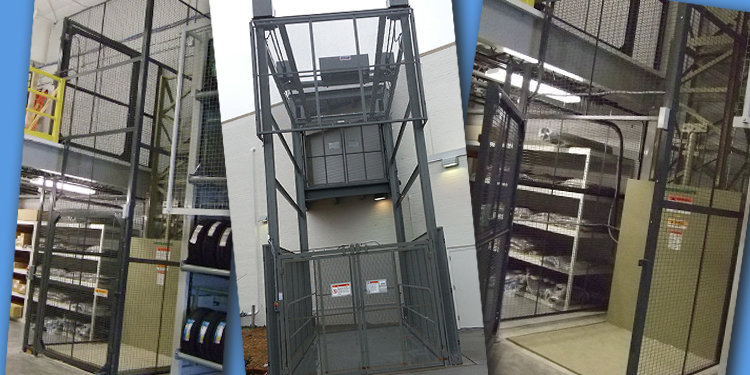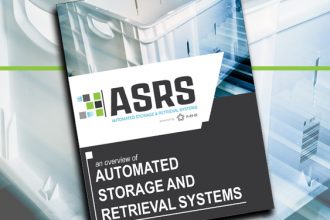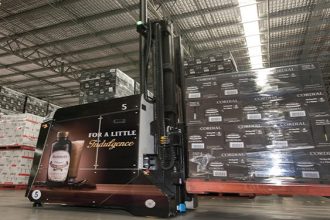Resource Shares Details On Vertical Reciprocating Conveyor Applications

Because they represent a small segment of the conveyor industry, vertical reciprocating conveyors (VRCs) are not universally known. That’s why the members of the VRC Subcommittee of the Conveyors and Sortation Systems (CSS) Industry Group of MHI have released a new, free publication, “VRC 101: Introduction to Vertical Reciprocating Conveyors.”
As explained in a recent article in MHI Solutions magazine, VRCs are a highly specialized type of lift used to move material vertically between two (or more) fixed elevations. The white paper explains both what a VRC is, as well as how they are used effectively across multiple potential applications in manufacturing, distribution and retail operations.
Although most conveyor solutions move items horizontally, doing so can take up a considerable amount of floor or overhead space. VRCs, in contrast, move material up and down in a minimal footprint, maximizing floorspace efficiently and economically. Additionally, they can be installed indoors adjacent to a landing or through a floor or situated on the exterior of a building.
VRCs are comprised of one or more guide columns and a load platform. Some models use hydraulic rams to raise or lower the platform; others hoist the platform with cables or chains actuated mechanically with gear motors, or hydraulically with cylinders.
Controlled manually or automatically, VRCs can be engineered to handle loads ranging from a few hundred pounds to 20,000 pounds or more. Depending on the type of material being conveyed and the facility in which the VRC is installed, platform sizes range from a few square feet to greater than 400 square feet. To protect both nearby personnel and the load, VRCs are outfitted with enclosures and interlocked gates securing access at each landing.
Although their operation appears similar to that of an elevator, VRCs are different. Governed by ASME B20.1: Safety Standard for Conveyors and Related Equipment, they are specifically exempt from the national Safety Code for Elevators and Escalators (ASME A17.1) as they are not permitted to carry people — only materials. Typically deployed without the need for modifications to the existing floor or building, most VRCs can be installed in a day and require minimal long-term maintenance.
Want to learn more about VRCs and how they might fit into your application? Visit the VRC Subcommittee’s website which features a library of publications and technical resources.



